By Brian Fried,
Inventor Liaison,
Licensing International
Did you dream up and develop a great concept for a new tool, housewares product, novelty item, toy design, sport or exercise product? What now?
As an inventor, there’s nothing more exciting than coming up with that big idea and feeling that you have something special! But that’s just the start; knowing what to do, where to go and what to expect will go a long way toward determining your eventual success. Subjects such as patentability, product design, prototyping and intellectual property protection will be key to your ability to monetize your idea, whether via licensing, setting up your own manufacturing or some other mechanism of commercializing your invention… When you start tapping into your time, energy, effort and resources, consider yourself to be in business, no matter what direction you choose.
Many inventors choose to license their idea because they’re limited on funds or, even if they have the resources, don’t have the expertise or desire to dive into the many aspects of running a business — raising funding, assembling production, and developing and executing a sales and distribution plan.
So licensing may be the solution that propels your idea into production and, eventually, retail sales. Here are some of the key questions, challenges and points to ponder.
Why License?
Licensing can help streamline your way into retail with less risk and initial investment, utilizing a manufacturer that already has retail distribution. You earn a royalty, in most cases, on each piece sold. But you should make sure that your idea is legally protected. Do a proper patent search and obtain a patentability opinion. At a minimum, you should file a provisional patent application to claim patent pending status. Some licensees may require an issued design or utility patent.
Be prepared before meeting with a potential licensee. You should have proof of patent-pending status, prototype, videos, pictures and a description of the benefits your invention or idea will deliver.
What are the steps?
Go shopping! Stroll through the aisles of your local retailers or through the web pages of online stores that you can envision carrying the product you’ve invented. Look at products in the same general areas as the one you’re envisioning, and jot down the names of those brands. Flip over the package and take note of the manufacturer. Do research on them and filter through the companies that would be good candidates, potential partners for you and your invention. Connect on social media – LinkedIn is particularly good — check out industry trade shows to attend, make calls to their product teams; if you can’t find those teams, ask for the president, and you’ll most likely be directed to the right department. Some manufacturers may have new idea submission instructions on their websites. This may be the point at which you consider working with an agent to represent your invention or intellectual property.
The financial side: How do you get paid?
Essentially, you’re leasing your idea/invention to company who is then responsible for commercializing it: final product development, manufacturing (whether in their own factory or through a subcontractor), marketing and distribution. In most cases, when they sell your product, you earn a royalty on each piece (In some cases, a license may be granted for a flat fee.) – A royalty usually is defined as a percentage of the manufacturer’s wholesale price; in some cases, it may be some other defined royalty rate for a direct-to-consumer distribution channel.
For example, if the product sells wholesale for $4, the retailer may sell it for $8.99. As the licensor, you may receive between 2%-6%; the percentage will depend on a wide variety of factors, including the nature of the product,typical margins of the merchandise category and retail distribution channel in which it’s being deployed. It’s a complex calculation and negotiation that requires a broad knowledge of legalities , as well as familiarity with specific categories and business norms. In almost all cases, it’s best to make sure you have an attorney and/or qualified consultant to guide you through the issues and negotiate on your behalf.
Some important considerations/deal terms
As the licensor, you’re responsible for the intellectual property – your idea or invention. Any licensing agreement should define such areas as term (i.e. the length of the agreement); geographical territory covered (i.e. is this global, or only for North America?) royalty rate and when payments are to be made; minimum guarantees and advance payments. If a licensee includes a licensed property (for example, a character) in addition to your intellectual property, margins may be less considering they have to pay both you and the property owner — both licensors — a royalty. Again, make sure you have a competent attorney who is familiar with handling the ins and outs of Intellectual Property.
So, a quick summary…
Go shopping:
- What retailers you envision your product on the shelf or online store offering
Identify:
- Potential licensees (manufacturers with distribution)
- Contacts within the company
Prepare:
- Intellectual property protection, prototype, videos, photos and bullet points of benefits
- To pitch on phone, virtual, in person or at trade show
Close the deal:
- Understanding expectations of terms
- Protect your intellectual property and review agreement with attorney or qualified consultant
Recently appointed as Inventor Liaison with Licensing International, Brian connects and guides inventors to earn royalties from their inventions to licensees and brand properties looking for new ideas and intellectual property to expand existing or add to new product lines. Contact: Brian Fried | brian@brianfried.com | www.brianfried.com
Original Article from: https://licensinginternational.org/news/a-licensing-primer-for-inventors/







